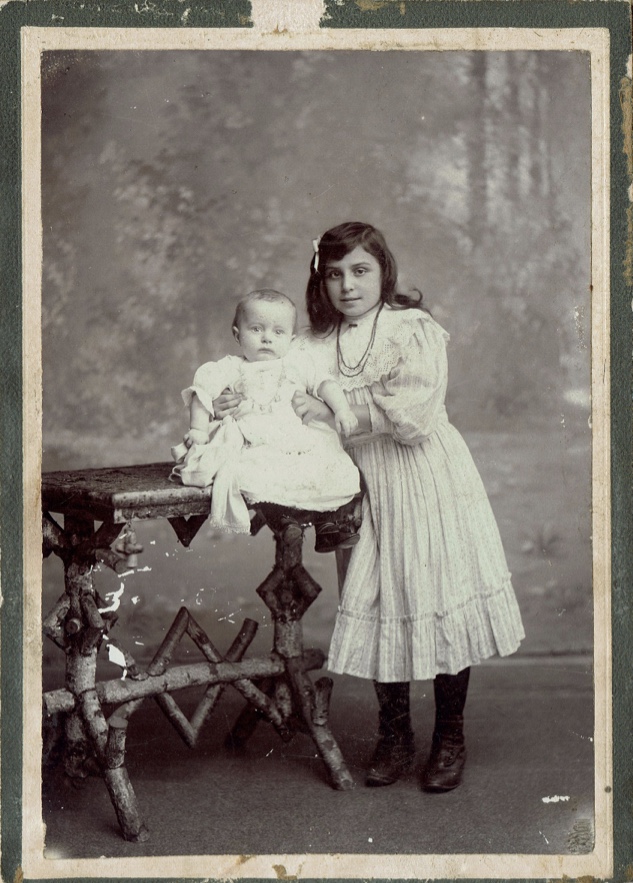A very happy 2017! Wishing you happiness, good health and lots of interesting discoveries in your genealogy research.
I never have a resolution. I believe that it does not have to be January 1st to start (or stop) things. Any day you decide to give up smoking, start a diary, change jobs or whatever, is a good day. But now, for the very first time ever, I have a New Years resolution!
All of my heritage photo’s are in boxes or in plastic photo sleeve maps. They are safe there, but that’s about it. There is no organisation whatsoever, no names, no dates. This year I am going to sort them, put names and dates and other info on small cards and place them in albums. I think I will be using scrapbook albums for this. These albums are lignin free and this will help preserve the photos.
